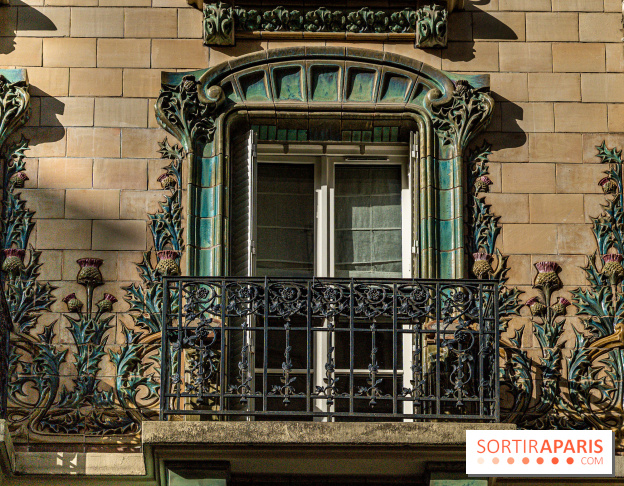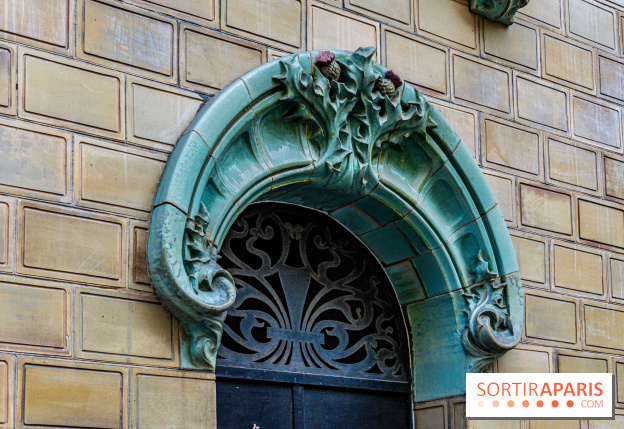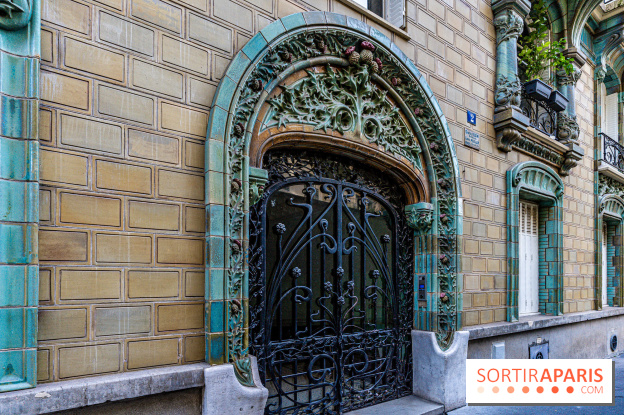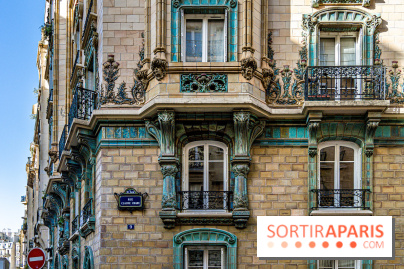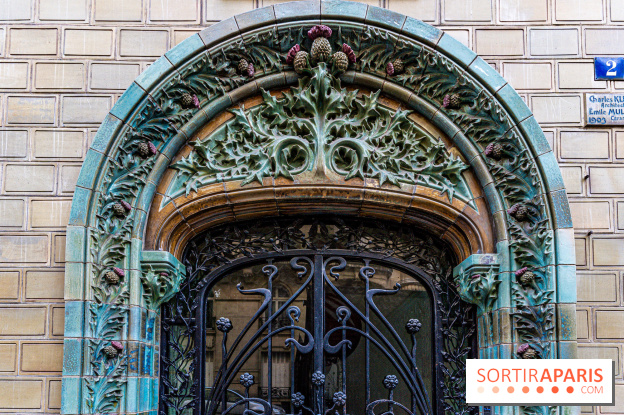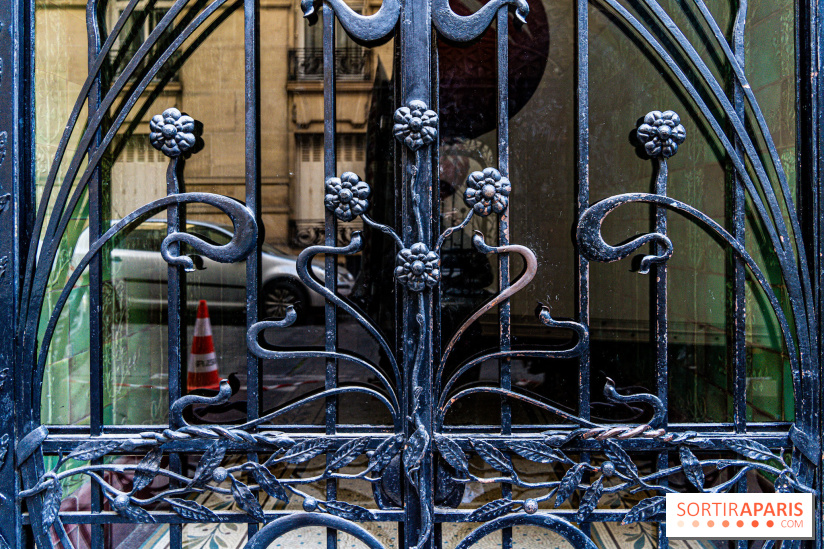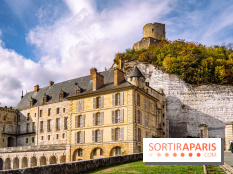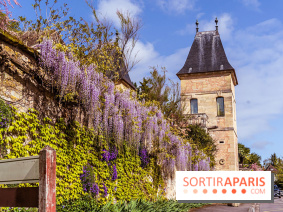Nestled at the intersection of rue Claude-Chahu and rue Eugène-Manuel, this building, one of the most beautiful in the capital, is a vibrant testimony to the artistic effervescence of the Belle Époque. Imagined and designed by Charles Klein, it reflects a technical and aesthetic mastery unprecedented for its time.
Key features
The building's reinforced concrete structure is based on the avant-garde Hennebique system, very much in vogue in the early 20th century. This robust framework is enhanced by a ceramic roof in shades of ochre and almond green, giving the building a rare elegance.
The history of this building is not limited to its architecture. It has also served as the backdrop for films such as Gilles Mimouni's "L'Appartement" and Stephen Frears' "Chéri".
The Belle Époque, a period of aesthetic innovation and experimentation, saw the birth of styles such asArt Nouveau. Charles Klein 's Immeuble is emblematic of this period, when art was intended to be ubiquitous and accessible. Art Nouveau, which emerged at the end of the 19th century, was an artistic and architectural movement that sought to break with traditional forms and incorporate motifs and structures inspired by nature.
Its elegant curves, floral motifs and organic forms gave rise to works of art and buildings that were both functional and aesthetically pleasing. Paris, as a world center of art and culture, embraced this movement with enthusiasm.
To encourage architectural innovation and beautify the city, the municipality launched a facade competition. The aim of the competition was to reward the most remarkable private constructions of the year. The Castel Béranger, designed by Hector Guimard, became the first winner of this prestigious competition in 1898. Also located in the 16th arrondissement, this building is an emblematic example of Parisian Art Nouveau, with its undulating forms, delicate ironwork and sculptural details.
The success of Castel Béranger paved the way for other masterpieces, including Charles Klein's Immeuble. A graduate of the Ecole Nationale Supérieure des Beaux-Arts, Klein's only legacy to posterity is this exceptional building. His fame was instantaneous, crowned by a prize in the City of Paris facade competition in 1903.
The Klein building has two facades visible from the street, one of which has five bays. It is an imposing, sturdy building in the typical Parisian Louis XVI style. Yet, in its day, it was considered a masterpiece, praised for its significant architecture. Critics at the time described it as a major achievement, paying tribute to its architect, Charles Klein, and ceramist Émile Müller. The latter skilfully exploited all the possibilities offered by the Grande Tuilerie to achieve an almost impeccable rendering. The stoneware blocks, whether simple paving stones or elaborate ornaments, combine logically, offering more than just a superficial illusion: they are truly integrated into the structure.
Nevertheless, a closer look at the building reveals conventional elements, drawing a clear distinction between the base and the upper floors. Its architectural design, while appreciated, owes much to tradition. It offers a simple, familiar reading to its observers. Its modernity is mainly attributed to its cladding, in particular its Art Nouveau floral decoration, with easily identifiable plant motifs. Flat tiles reinforce the wall's apparent solidity, while floral motifs add a decorative touch. Sandstone, with its texture and nuances, unifies the whole, but remains a mere detail. Each component of the building is well in place, with a decoration that highlights its openings. Clearly influenced by Hector Guimard's Castel Béranger of 1899, Klein and Müller offer an interpretation that is both modernized in materials and reassuring in style.
On closer inspection, you'll be captivated by the ironwork on the entrance gate, the ceramic tiles in the vestibule and, of course, the ubiquitous, symbolic thistle motif.
In short, the next time you stroll through the 16th arrondissement, take a moment to admire this building, listed as a Monument Historique since 1986. A plunge into an era when art and architecture interacted in perfect harmony.
Location
Immeuble Les Chardons - Charles Klein
8 Rue Claude Chahu
75116 Paris 16
Prices
Free
Recommended age
For all

